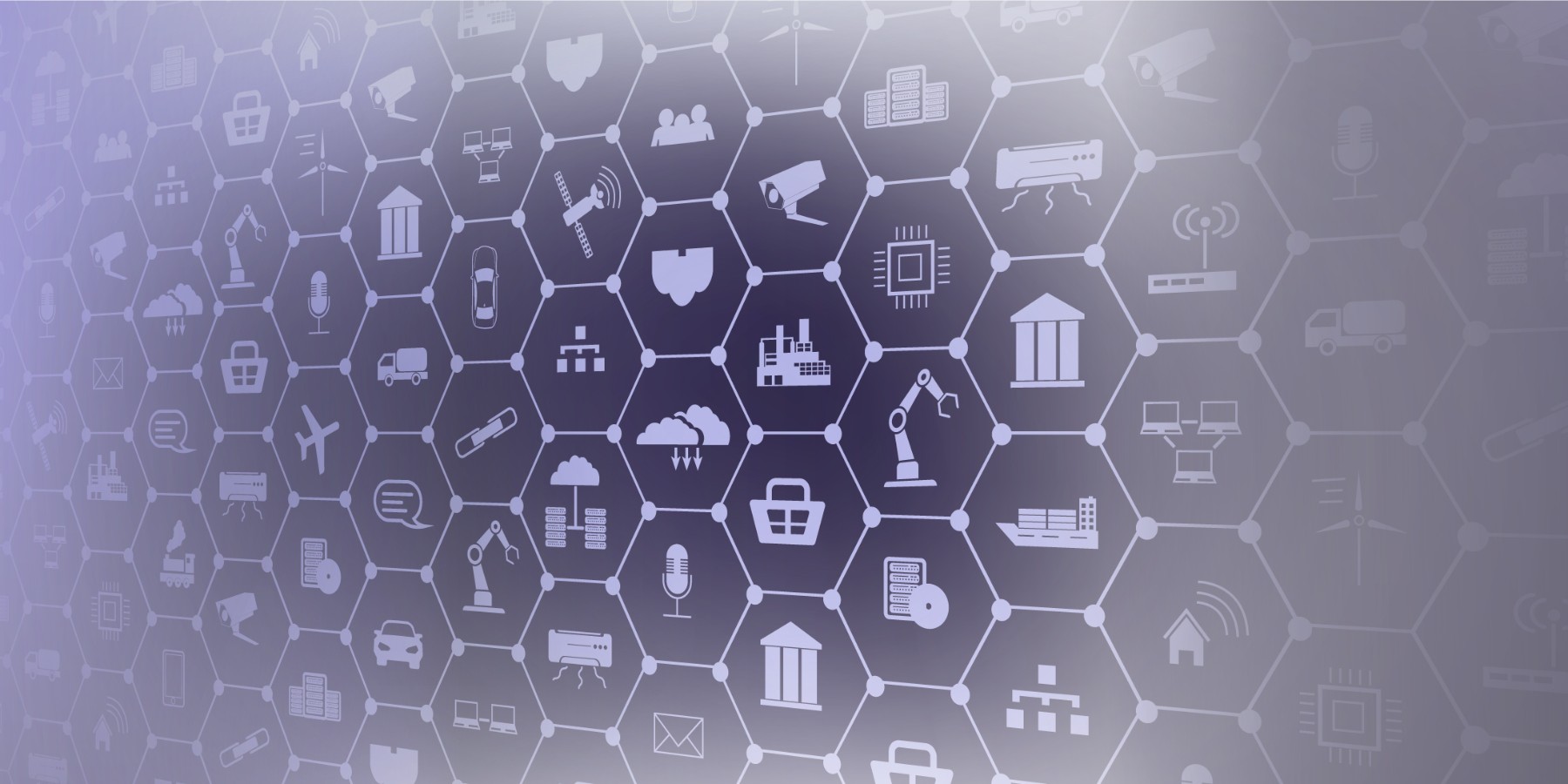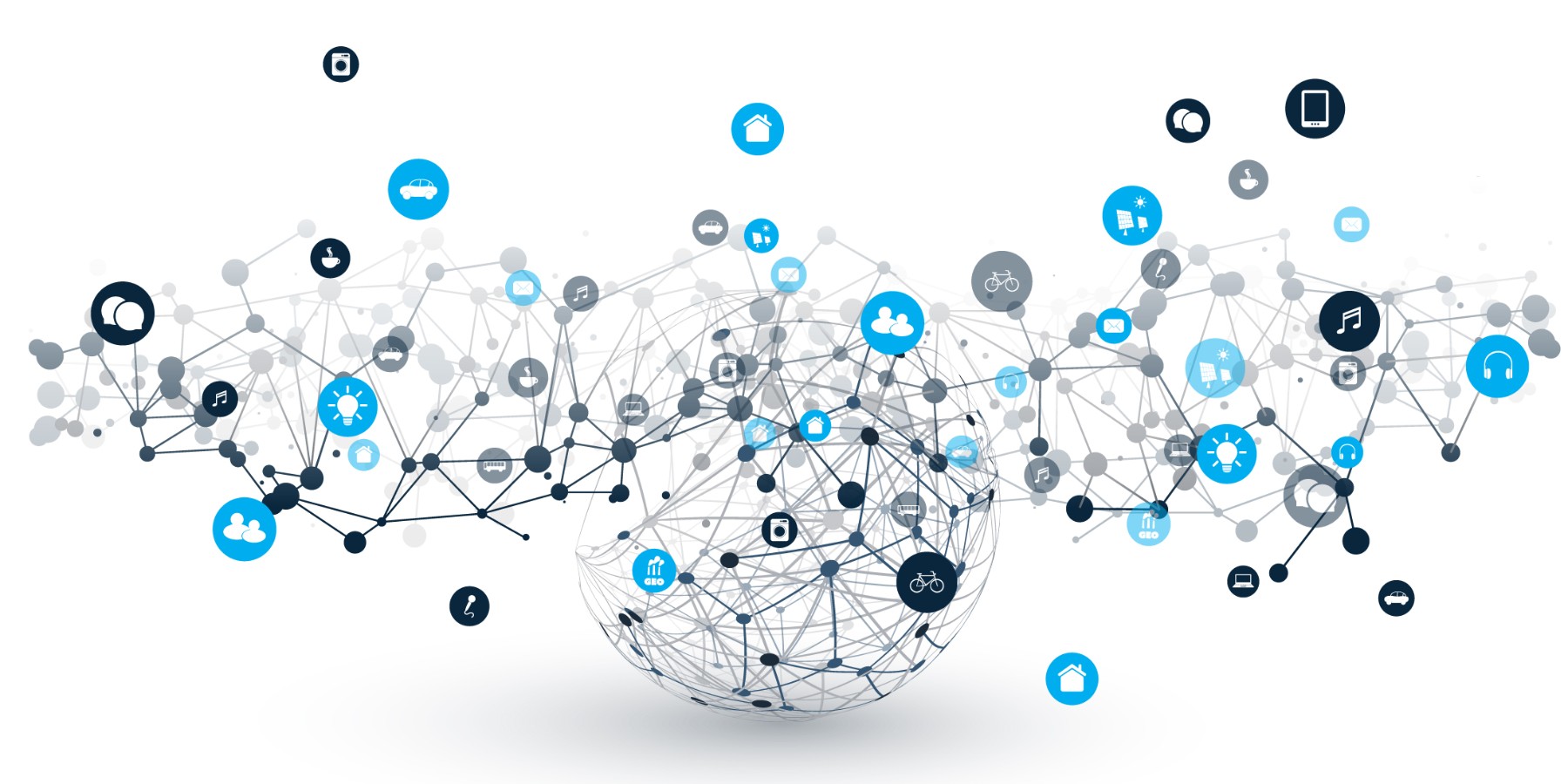That’s a dynamic space to be part of. Crunchbase data has shown venture capital funding in US-based IoT start-ups going up and up, albeit with a slight drop in the actual number of deals in 2017.
However, the IoT sector is also a highly complex and fast-moving one, and so funding and investment in this space can take some unpacking.
A complex ecosystem, multiple sectors.
The IoT sector is a fundamentally interdependent and interoperable one. There are five broad elements of the overall ecosystem, with very different investable businesses operating in each.
First, there is the hardware – the connected devices or sensors which are perhaps the best-known elements of the IoT from a consumer perspective. Think about the profile of devices like Nest thermostats and Fitbits – although, as reported on Investopedia, since Nest is ultimately owned by Google and Fitbit is now being faced with challenger brands on all sides, neither may be a rewarding investment now.
Next, there are the communications networks which connect the IoT implementation to the user. Clearly, this is a less tangible side of the overall IoT ecosystem, but nevertheless vital, with plenty of growth potential.
Then are there are so-called ‘remotes’ – that is, the computers, tablets and smartphones which provide users with the interface for connecting with IoT devices and managing their activities.
Then there are the platforms and applications which provide the messaging, data analytics, data storage and customised services associated with the IoT solutions.
And finally, there are the security protocols which protect IoT implementations from outside intrusion. As with so many areas of digital technology, security is becoming an increasing concern as the IoT grows in profile and scale and therefore becomes a more tempting target for cybercriminals.
So that covers the devices, platforms and infrastructure which make up IoT deployments. But it is also important for funders and investors to understand the myriad different sectors within the IoT, from the industrial IoT (IIoT) to retail, healthcare to utilities. Ultimately, as the IoT matures, we are building towards interoperable, highly intelligent and multifaceted deployments, underpinning smart homes and even smart cities.

